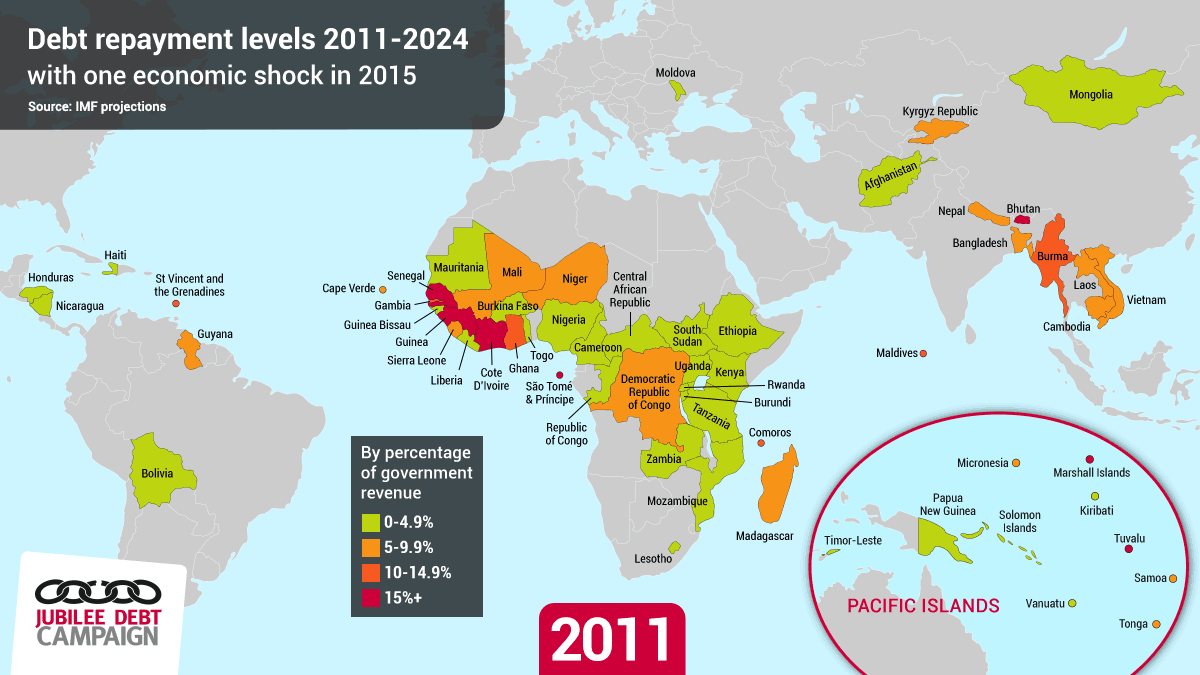The World Bank is proposing to lend an additional $4.1 billion to low income countries over the next 18 months, at its standard interest rates which are usually only paid by middle income countries. Historically, low income countries have only paid its cheaper ‘concessional’ interest rates.
The World Bank lends to low income countries through its International Development Association (IDA) arm. These loans currently have 0.5% interest rates, though are in foreign currencies, so can lead to higher relative payments for the country concerned if exchange rates change. The 0.5% interest rate is made possible by governments using aid money to subsidise the rate paid below that faced by the World Bank itself.
The World Bank’s proposal is to make a further $4.1 billion of loans available to low income countries, in 2016 and the first half of 2017, on the same terms as middle income countries. This currently means interest rates of between 2.3% and 3%.
Countries that are judged by the IMF and World Bank to be at low or medium risk of not being able to pay their debts would be prioritised, though the proposal does not completely rule out lending to countries at high risk of debt distress.
In 2013, the latest year with figures available, the World Bank lent $9.8 billion though IDA. This proposal would therefore increase World Bank lending to low income countries by a further 30%.
